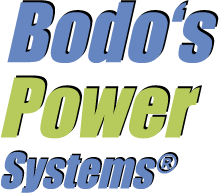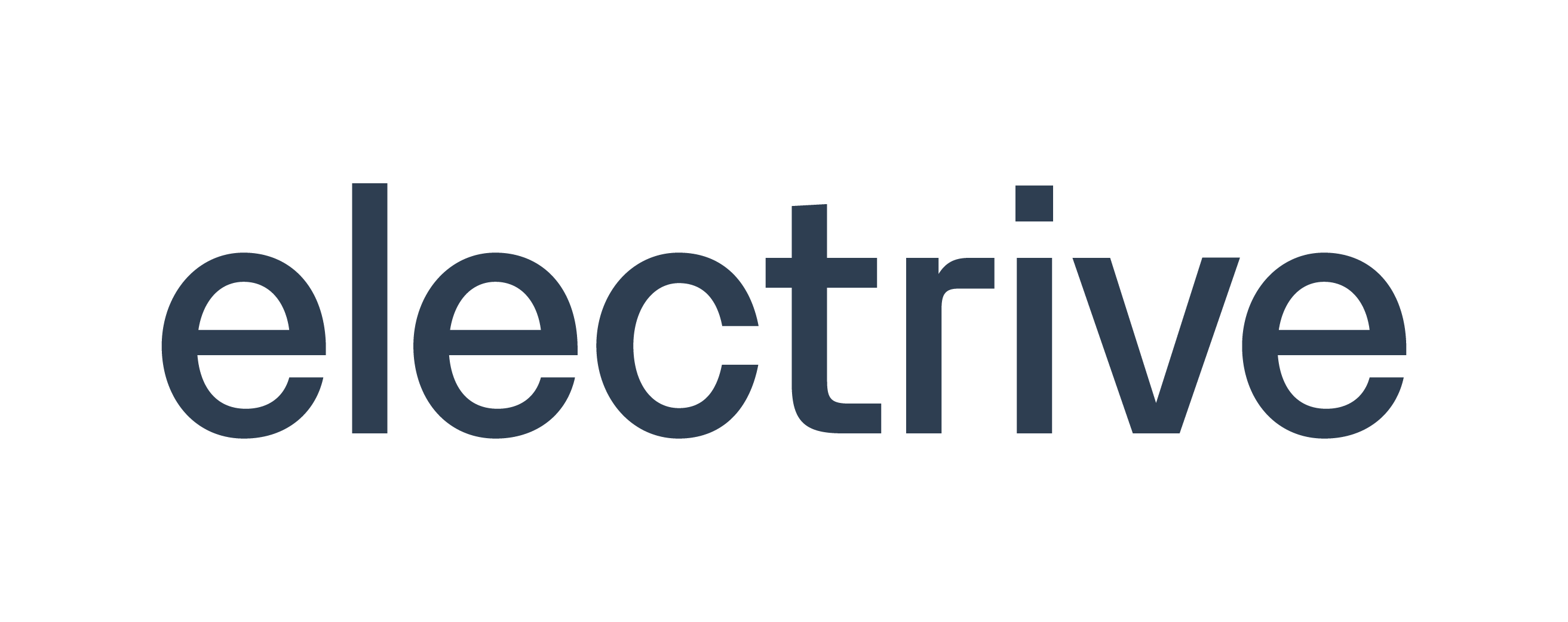The Promise of Hydrogen Mobility Meets a Harsh Reality
Hydrogen mobility, once hailed as the clean energy revolution in transportation, is now navigating a much tougher road than anticipated. Despite significant technological advances and high-profile initiatives, the hydrogen fuel cell vehicle (FCEV) market faces mounting challenges — from costly infrastructure to limited consumer adoption.
In 2025, major automakers like General Motors (GM) and Stellantis announced the discontinuation of their hydrogen fuel cell programs, underscoring the growing uncertainty in the hydrogen-powered mobility sector.
Automakers Pulling Back: GM, Stellantis, and HYVIA Step Away
In October 2024, GM ended development of next-generation hydrogen fuel cells under its HYDROTEC brand, citing high production costs and the lack of a viable hydrogen refueling network. The company will refocus on battery-electric vehicles (BEVs) and charging technology, while continuing to produce fuel cells for data centers and power generation through its partnership with Honda.
Similarly, in July 2024, Stellantis halted its hydrogen fuel cell technology program due to high costs, limited infrastructure, and low consumer demand. The automaker canceled its upcoming Pro One hydrogen van range and suspended production plans in France and Poland.
“Hydrogen mobility remains niche and lacks near-term economic viability,” said Jean-Philippe Imparato, COO for Enlarged Europe at Stellantis.
The ripple effects extended to HYVIA, the Renault–Plug Power joint venture founded in 2021 to advance hydrogen-powered light commercial vehicles. By February 2025, HYVIA entered legal liquidation after failing to secure a buyer — another casualty of slow hydrogen ecosystem growth and prohibitive innovation costs.
Hydrogen Infrastructure: The Core Bottleneck
A critical barrier to FCEV adoption is the lack of hydrogen refueling stations (HRS).
By the end of 2024, only 1,160 stations operated worldwide — a stark contrast to 4.5 million EV charging points globally. Europe hosts 294 stations and Asia 748, including 384 in Mainland China. The small number of operational HRS makes fueling hydrogen cars inconvenient and costly, especially since FCEVs cannot be refueled at home.
Adding to the challenge, several operators are scaling back light-duty HRS networks. In February 2024, Shell closed its seven California hydrogen stations for passenger cars, shifting focus to heavy-duty trucks. Likewise, H2 Mobility Germany consolidated its refueling network, closing older stations and pivoting toward larger 350–700 bar facilities for buses and commercial vehicles.
The limited reach of hydrogen fueling points continues to discourage consumers, creating a vicious cycle of low adoption and slow infrastructure investment.
Economic Viability and Funding Gaps
FCEVs remain more expensive than BEVs due to costly fuel cell components and hydrogen production. Refueling prices are also higher compared to gasoline or electric charging.
Without consistent government incentives, the hydrogen mobility market struggles to scale. Several public–private partnerships, grants, and green hydrogen projects exist worldwide, but they often lack long-term policy stability — essential for encouraging OEMs and fleet operators to commit.
The Bright Spots: Toyota, BMW, Hyundai, and Honda Keep the Faith
Not all automakers are giving up on hydrogen. Industry leaders like Toyota, BMW, Hyundai, and Honda continue to invest heavily in fuel cell innovation.
-
BMW and Toyota: Announced plans to launch a series-production hydrogen vehicle by 2028, building on a decade-long collaboration to develop shared fuel cell systems.
-
Toyota: Unveiled its Gen 3 fuel cell system at the ACT Expo 2025, boasting 20% higher efficiency and 600,000-mile durability for heavy-duty trucks. The company also invests in hydrogen fueling stations in California with Air Liquide and Iwatani.
-
Hyundai: Showcased the second-generation NEXO FCEV in Seoul, with a new 110 kW fuel cell stack and 700+ km range
-
Honda: Announced mass production of a 150 kW fuel cell module by 2027, independently developed for both vehicles and stationary power use.
These OEMs are diversifying hydrogen applications — from marine and aviation to stationary energy systems — signaling that hydrogen may still find success beyond passenger transport.
FCEVs Still in Their Infancy
Despite ongoing innovation, the fuel cell vehicle market remains nascent.
According to S&P Global Mobility, FCEVs will represent only 0.22% of global light vehicle sales by 2037, while BEVs exceed 50%. Demand projections for fuel cell stacks have declined across successive forecasts in 2025, underscoring reduced short-term confidence.
Currently, Japan and South Korea dominate FCEV adoption, accounting for 71% of global demand.
A Future Built on Collaboration and Investment
Hydrogen mobility’s slow progress doesn’t signal its end — but it highlights the need for sustained public and private investment. Expanding refueling infrastructure, scaling hydrogen production, and lowering costs through R&D will be crucial to achieving a viable hydrogen ecosystem.
As Kartik Ganesh, Principal Analyst at S&P Global Mobility, notes:
“The challenges facing hydrogen FCEVs underscore the need for robust infrastructure and sustained investment. Innovation and collaboration among OEMs could still pave the way for a viable hydrogen economy in the future.”
As the global hub for e-mobility, electrification, and energy transformation, CWIEME serves as a vital platform for industry leaders navigating these same challenges. Discussions around hydrogen mobility, alternative propulsion technologies, and advanced materials converge here — shaping the roadmap toward cleaner, more efficient transportation.
Through events like CWIEME Berlin, innovators, policymakers, and engineers can explore how hydrogen and electrification together form the twin pillars of the sustainable mobility revolution.
Ready to turn today’s hydrogen-mobility challenges into tomorrow’s business edge? Discover why you should exhibit or visit CWIEME Berlin and join the front-line of innovation.




















